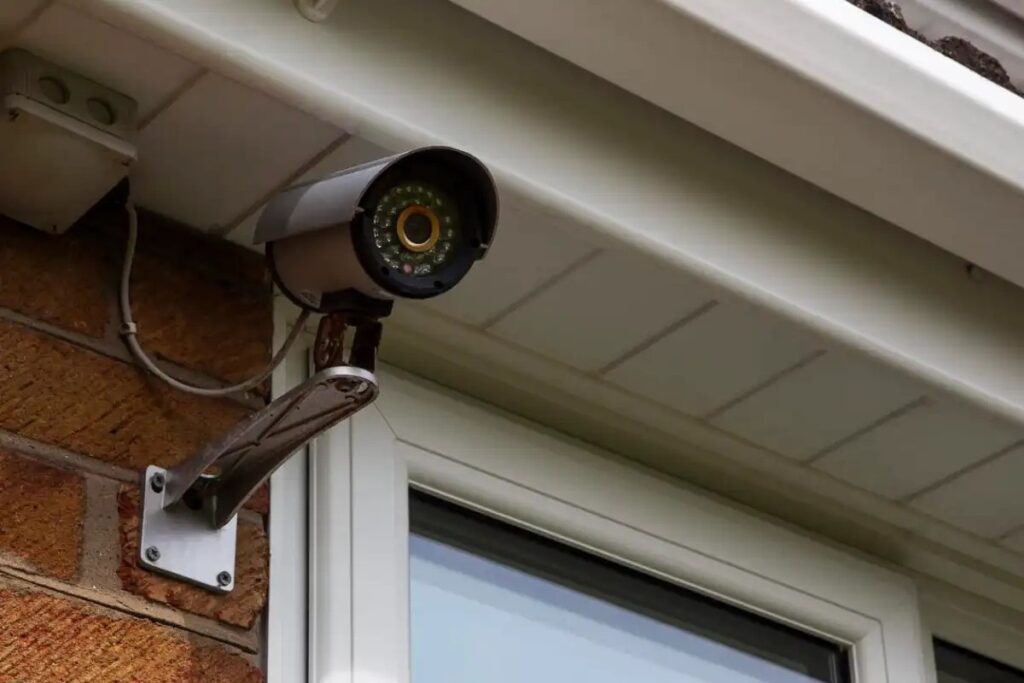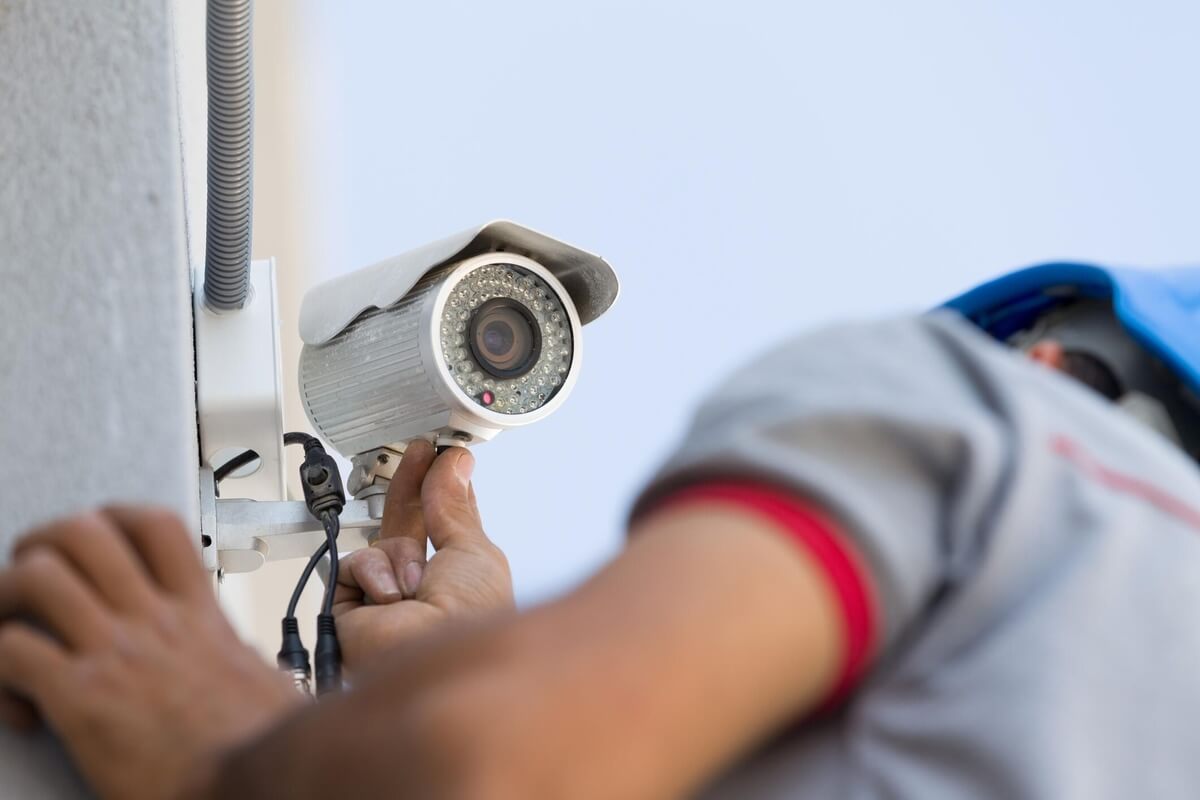Outdoor Home Security Cameras: Protecting Your Property 24/7
In an era where security is paramount, outdoor home security cameras have emerged as a vital component in safeguarding properties. These devices not only deter criminal activity but also provide homeowners with peace of mind, knowing that their property is under constant surveillance. This article delves into the benefits, features, and considerations of outdoor security cameras, equipping homeowners with the knowledge to make informed decisions regarding their security needs.
The Importance of Outdoor Security Cameras
Outdoor security cameras serve as a first line of defence against potential threats. With increasing rates of burglary and vandalism, the need for effective surveillance solutions has never been more critical. These cameras not only capture real-time footage but also offer various functionalities that enhance security.
Deterrence of Criminal Activity
One of the primary advantages of installing outdoor best home security cameras is their ability to deter crime. Visible cameras can discourage potential intruders from targeting a property. Studies have shown that homes equipped with security cameras are less likely to be broken into compared to those without. The mere presence of a camera can make a significant difference in a burglar’s decision-making process.
Evidence Collection
In the unfortunate event of a crime, outdoor security cameras can provide invaluable evidence. High-definition footage can assist law enforcement in identifying suspects and understanding the sequence of events during an incident. This evidence can be crucial in legal proceedings, making it easier to prosecute offenders and recover stolen property.

Remote Monitoring Capabilities
Modern outdoor security cameras often come equipped with remote monitoring capabilities, allowing homeowners to keep an eye on their property from anywhere in the world. With the integration of smartphone applications, users can receive real-time alerts and view live feeds directly from their devices. This feature not only provides peace of mind when away from home but also enables swift action if suspicious activity is detected. For instance, a homeowner can alert authorities immediately if they observe an intruder on their property, potentially preventing a crime before it escalates.
Integration with Smart Home Systems
Furthermore, outdoor security cameras can seamlessly integrate with other smart home devices, creating a comprehensive security ecosystem. This integration allows for enhanced functionalities, such as automated lighting that activates when motion is detected, or alarms that trigger in conjunction with camera alerts. Such interconnected systems not only bolster security but also offer convenience, as users can manage their home’s security settings from a single interface. This modern approach to home security reflects a growing trend towards smart technology, making it easier than ever for homeowners to protect their properties effectively. Learn more about security monitoring services.
Key Features to Consider
When selecting outdoor security cameras, several features should be taken into account to ensure optimal performance and reliability. Understanding these features can help homeowners choose the right system that meets their specific security needs.
Video Quality
Video quality is a critical factor in the effectiveness of outdoor security cameras. High-definition (HD) cameras, offering resolutions of 1080p or higher, provide clearer images that are essential for identifying faces and license plates. Additionally, cameras with night vision capabilities allow for effective monitoring in low-light conditions, ensuring that surveillance is maintained around the clock.
Field of View and Coverage
The field of view of a camera determines how much area it can monitor. Cameras with a wider field of view can cover larger spaces, reducing the number of cameras needed for comprehensive coverage. Homeowners should assess their property layout to determine the optimal placement of cameras, ensuring that all entry points are adequately monitored.
Weather Resistance
Given that outdoor security cameras are exposed to the elements, it is essential to choose models that are weather-resistant. Look for cameras with an IP (Ingress Protection) rating, which indicates their ability to withstand dust and moisture. A good rating, such as IP65 or higher, ensures that the camera will function reliably in various weather conditions.

Types of Outdoor Security Cameras
There are several types of outdoor security cameras available, each with its unique features and benefits. Understanding these options can help homeowners select the best fit for their security requirements.
Wired vs. Wireless Cameras
Wired cameras are connected to a power source and a recording device via cables, providing a stable connection and reliable performance. However, installation can be more complex and may require professional assistance. On the other hand, wireless cameras offer greater flexibility in placement and are easier to install, making them a popular choice for many homeowners. However, they rely on Wi-Fi connectivity, which can be a potential vulnerability if the network is compromised.
Bullet vs. Dome Cameras
Bullet cameras are typically long and cylindrical, making them ideal for long-distance viewing. They are easily noticeable, which can enhance their deterrent effect. Conversely, dome cameras have a more discreet appearance and are often used in residential settings for a less intrusive look. Their design also makes them more resistant to tampering.
Smart Cameras
Smart outdoor cameras integrate with home automation systems, allowing users to monitor their property remotely via smartphones or tablets. These cameras often come equipped with advanced features such as motion detection, two-way audio, and cloud storage options. The ability to receive real-time alerts and view live footage enhances the overall security experience.
Installation Tips
Proper installation of outdoor security cameras is crucial for ensuring their effectiveness. Here are some tips to consider when setting up a security camera system.
Optimal Placement
When installing outdoor cameras, placement is key. Cameras should be positioned to cover all entry points, including doors, windows, and garages. It is advisable to mount cameras at a height that is out of reach to prevent tampering while still allowing for clear visibility. Additionally, ensuring that cameras are angled to capture the most critical areas can enhance their effectiveness.
Lighting Considerations
Good lighting is essential for optimal camera performance, especially for night vision capabilities. Ensure that the areas around the cameras are well-lit, as this will improve image quality during low-light conditions. Consider installing motion-activated lights to illuminate dark areas when movement is detected, further enhancing security.
Regular Maintenance
To keep outdoor security cameras functioning effectively, regular maintenance is necessary. This includes cleaning the lenses to remove dirt and debris that may obstruct the view, checking for software updates, and testing the camera’s functionality periodically. Routine maintenance ensures that the cameras are always ready to capture any potential incidents.

Integrating Security Cameras with Other Systems
Outdoor security cameras can be integrated with other security systems to create a comprehensive security solution. This integration can enhance overall property protection and streamline security management.
Alarm Systems
Integrating outdoor cameras with alarm systems allows for a coordinated response to security breaches. When a camera detects motion, it can trigger an alarm, alerting homeowners and authorities simultaneously. This synergy between systems can significantly reduce response times and enhance overall security effectiveness.
Smart Home Integration
Many modern outdoor security cameras can be integrated with smart home systems, enabling users to control various aspects of their home security from a single platform. This integration allows for features such as remote access, automated alerts, and even the ability to view camera feeds on smart displays or televisions. Such functionality enhances convenience and ensures that homeowners remain connected to their property.
Monitoring Services
Some homeowners choose to subscribe to professional monitoring services that provide 24/7 surveillance and response capabilities. These services can monitor camera feeds, alert homeowners of suspicious activity, and even contact law enforcement if necessary. While this option incurs additional costs, it can offer peace of mind for those who prefer a hands-off approach to security.
Legal Considerations
Before installing outdoor security cameras, it is essential to be aware of the legal considerations surrounding surveillance. In Australia, privacy laws dictate how and where cameras can be used, particularly in residential areas.
Privacy Laws
Homeowners must ensure that their cameras do not infringe on the privacy of neighbours or passersby. It is advisable to position cameras in a way that focuses solely on the homeowner’s property, avoiding areas where individuals may have a reasonable expectation of privacy, such as neighbouring gardens or public spaces.
Notification Requirements
In some jurisdictions, homeowners may be required to notify visitors that surveillance is in place. This can be achieved through signage indicating that the area is under video surveillance. Such notifications help maintain transparency and comply with legal obligations.
Conclusion
Outdoor home security cameras are an invaluable asset for protecting properties and enhancing overall security. With a variety of options available, homeowners can choose systems that best meet their needs while considering factors such as installation, integration, and legal requirements. By investing in outdoor security cameras, homeowners can enjoy peace of mind knowing that their property is monitored and protected 24/7.
Ultimately, the right outdoor security camera system can be a powerful tool in safeguarding homes and deterring criminal activity, ensuring that families and their belongings remain safe.

